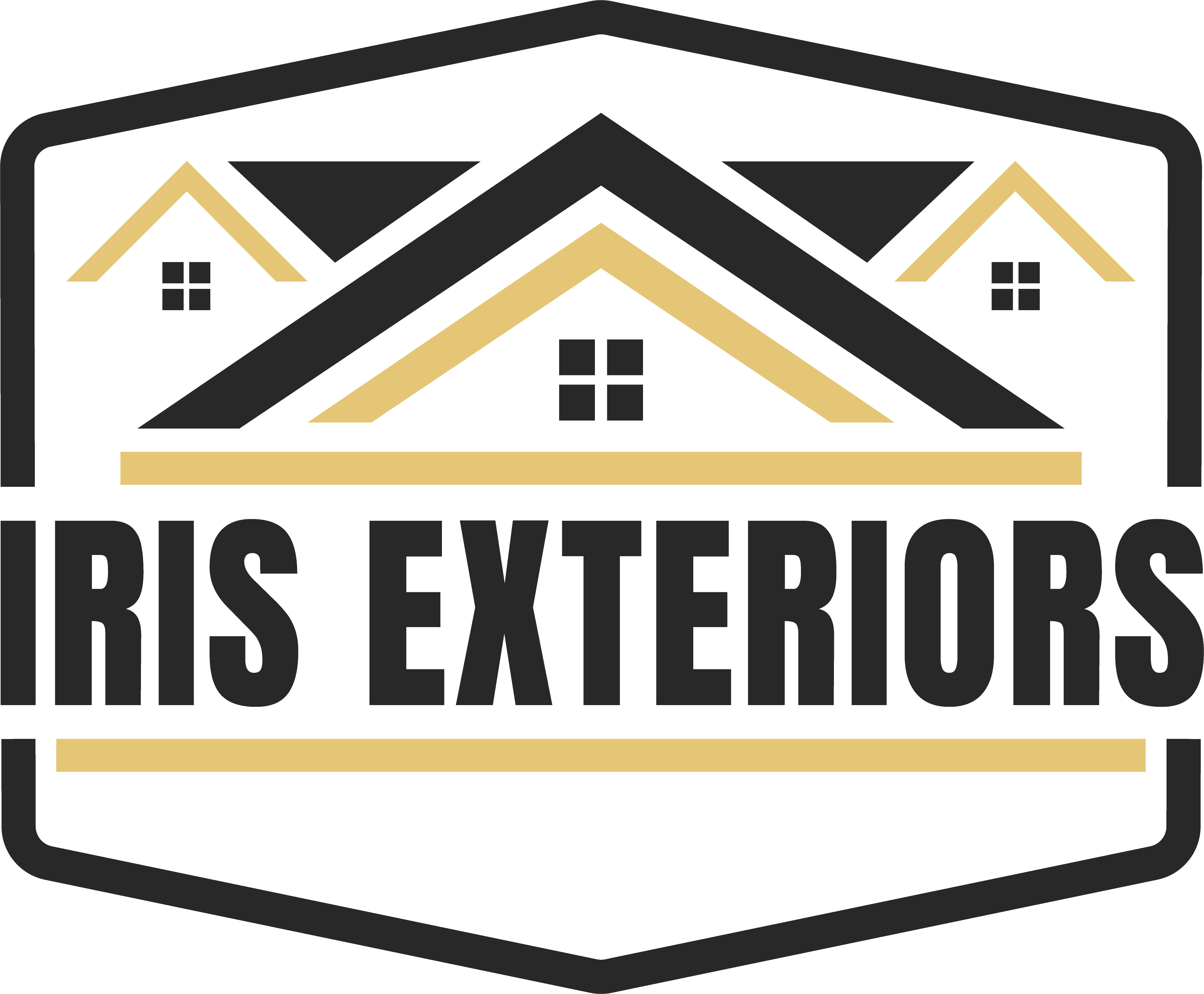Replacing your windows is a significant investment that can improve your home’s energy efficiency, comfort, and curb appeal. However, even with professional installation, some homeowners may encounter issues after the project is complete. While most problems are minor and easily fixable, it’s important to address them promptly to ensure your new windows perform as expected. In this blog post, we’ll explore some common problems after window replacement and provide tips by a trusted contractor on how to resolve them.
Common Problems After Window Replacement (and How to Fix Them)
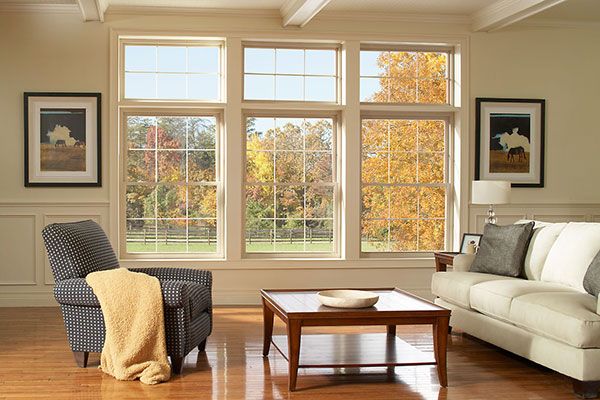
Drafts or Air Leaks
One of the most common complaints after window replacement is feeling drafts or noticing air leaks around the new windows. This can happen for a few reasons:
Improper Installation: If the windows aren’t sealed or insulated correctly, air can seep through gaps.
Settling: Over time, the framing or insulation around the window may settle, creating small gaps.
How to Fix It:
Check for visible gaps around the window frame and use weatherstripping or caulk to seal them.
If the problem persists, contact your contractor to inspect the installation and make necessary adjustments.
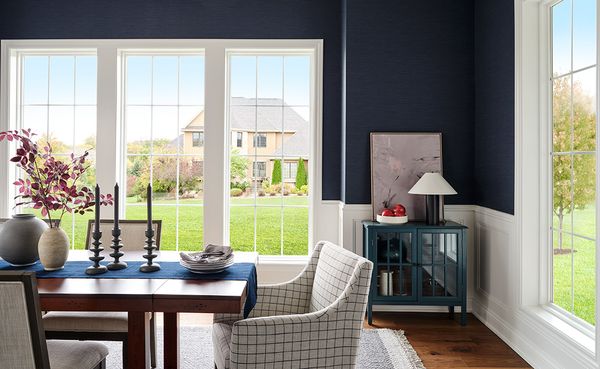
Condensation Between Panes
Modern windows often feature double or triple-pane glass filled with insulating gas. If you notice condensation between the panes, it could indicate a broken seal. This not only obstructs your view but also reduces the window’s energy efficiency.
How to Fix It:
Unfortunately, condensation between panes usually means the window needs to be replaced. Most manufacturers offer warranties that cover seal failure, so contact your contractor or the window manufacturer to resolve the issue.
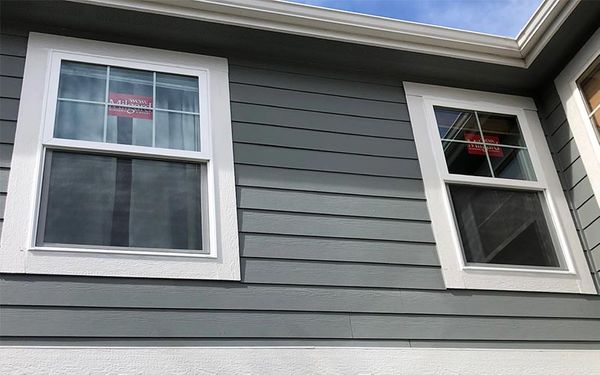
Difficulty Opening or Closing Windows
If your new windows are hard to open or close, it could be due to:
Alignment Issues: The window may not have been installed level or square.
Hardware Problems: Locks, hinges, or handles may need adjustment.
How to Fix It:
Check for obstructions in the tracks and clean them if necessary.
Lubricate the moving parts with a silicone-based lubricant.
If the problem persists, contact your installer to adjust the alignment or hardware.
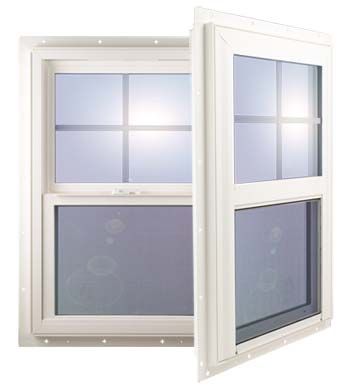
Water Leaks
Water leaks around new windows can cause significant damage if left unaddressed. Common causes include:
Improper Flashing: Flashing is a waterproof barrier installed around the window to direct water away. If it’s missing or installed incorrectly, water can seep in.
Poor Caulking: Gaps in the caulking around the window frame can allow water to penetrate.
How to Fix It:
Inspect the caulking and reseal any gaps with a high-quality exterior caulk.
If the issue is related to flashing, contact your contractor to repair or replace it.
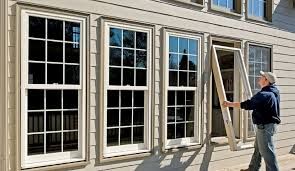
Noise or Rattling
While new windows are designed to reduce outside noise, some homeowners may still notice rattling or excessive noise. This could be due to:
Loose Components: Hardware or parts of the window may not have been properly secured during installation.
Poor Fit: If the window isn’t the right size for the opening, it may not seal tightly.
How to Fix It:
Tighten any loose screws or hardware.
If the window doesn’t fit properly, contact your installer to adjust or replace it.
Work with a reputable contractor who can help you choose the right windows and ensure a flawless installation.
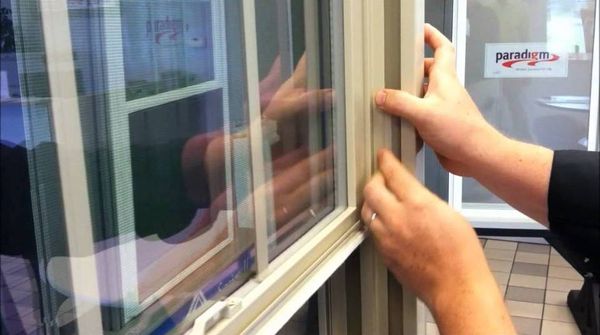
Visible Gaps or Cracks Around the Frame
After installation, you might notice small gaps or cracks around the window frame. This can occur due to:
Settling: As your home settles, gaps may form around the window.
Shrinkage: Wood frames can shrink over time, especially in dry conditions.
How to Fix It:
Use caulk or expanding foam to fill small gaps.
For larger gaps, consult your contractor to ensure the window is properly secured and insulated.
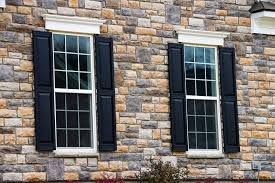
Discoloration or Damage to Window Frames
If you notice discoloration, warping, or damage to your window frames, it could be due to:
Moisture Exposure: Poor drainage or leaks can cause water damage to wooden or vinyl frames.
Manufacturing Defects: In rare cases, the frames may have defects that only become apparent after installation.
How to Fix It:
For water damage, address the source of the moisture and repair or replace the affected frames.
If the issue is due to a manufacturing defect, contact the manufacturer or installer to file a warranty claim.
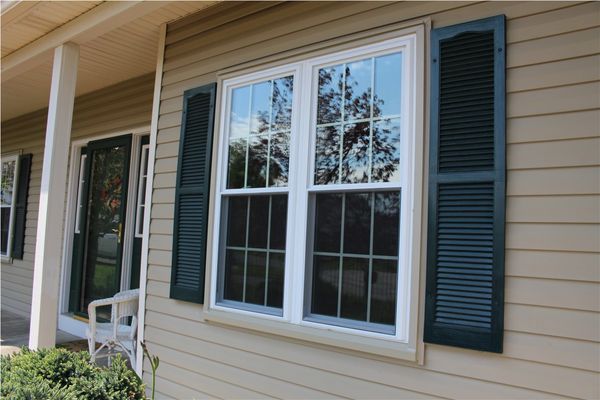
Increased Noise Levels
While new windows are designed to reduce noise, some homeowners may notice increased noise levels after replacement. This could be due to:
Improper Installation: Gaps or poor sealing can allow sound to penetrate.
Thinner Glass: If the new windows have thinner glass than the old ones, they may not block noise as effectively.
How to Fix It:
Check for gaps and reseal them with caulk or weatherstripping.
Consider upgrading to windows with thicker glass or additional soundproofing features.
While window replacement is generally a smooth process, it’s not uncommon to encounter a few hiccups afterward. Most problems are minor and can be resolved with simple fixes, but it’s important to address them quickly to protect your investment and ensure your new windows perform as expected. If you’re experiencing persistent issues, don’t hesitate to contact your contractor—most reputable installers offer warranties and will be happy to make things right.
At Iris Exteriors we stand by our work and are committed to ensuring your complete satisfaction. If you’ve recently replaced your windows and are experiencing any of these issues, reach out to us today. We’re here to help!
Ready to explore your options? Contact us today for a free consultation and discover how window replacement can transform your home and your budget!
